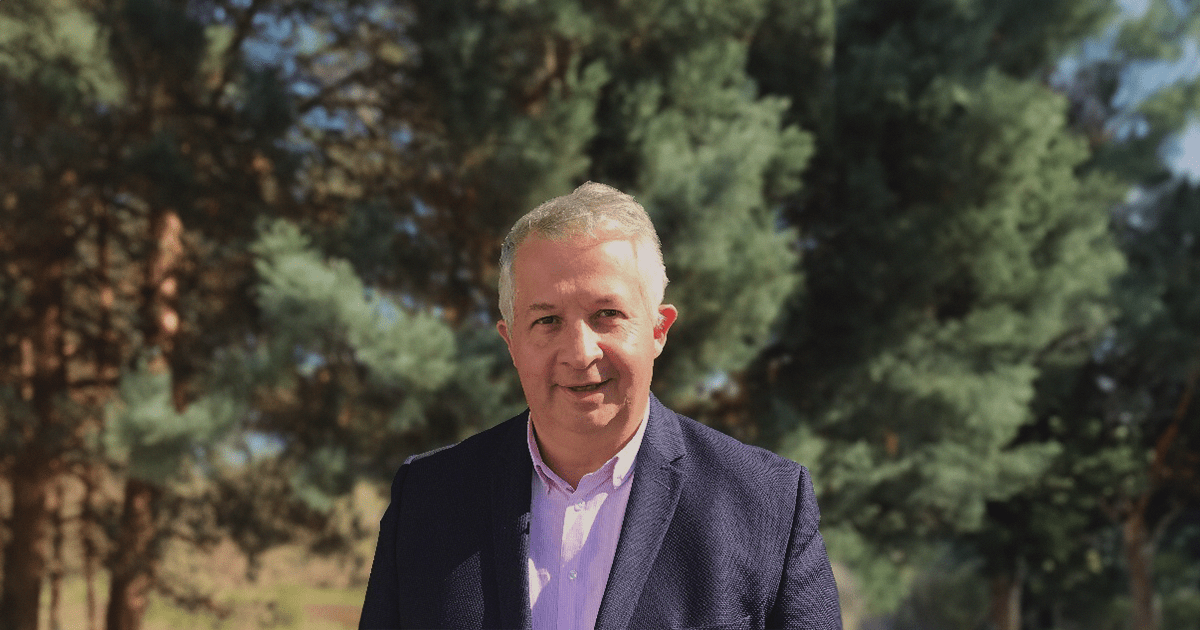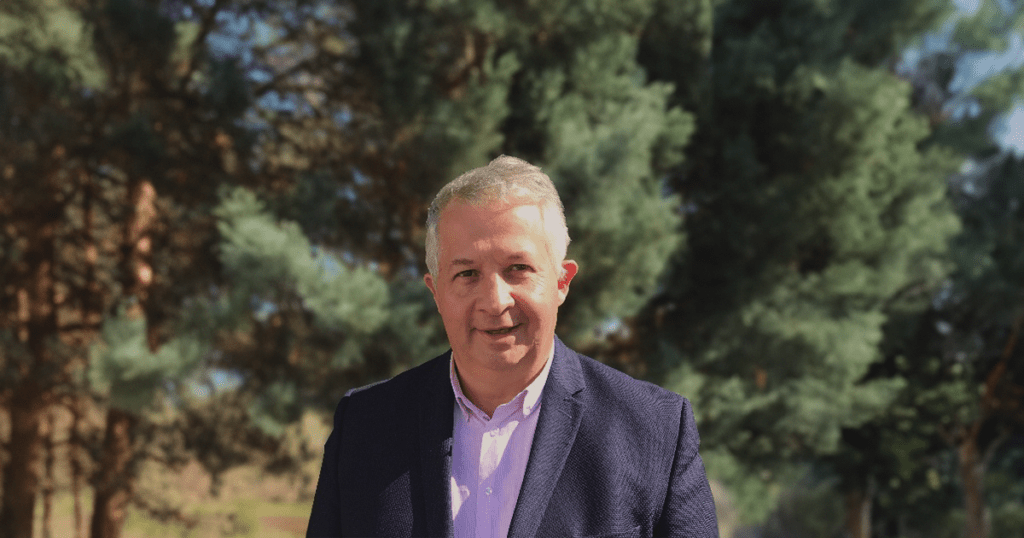In a context in which urban areas are spreading out and becoming denser, the car is still the most widely used mode of transport… Today, mobility appears to be a major issue, and one essential question remains… How can regions sustainably transform users’ travel habits towards gentler modes of transport? To explore this question, we had the privilege of interviewing Nicolas Tronchon, founder and CEO of Transway.
In this interview, he shares his vision and the expertise he has acquired over the years. With a wealth of experience in mobility and information technology, he has developed a deep understanding of the mechanisms of behavioral change and user engagement. His quest to encourage ecomobility led him to found Transway in 2009. The founding idea behind Transway is to offer more than just information to users, but to encourage them to choose sustainable modes of transport. Based on Nicolas Tronchon’s in-depth expertise in the field, this two-part interview explores the challenges, issues and key elements required to turn travel behavior on their head.
Could you introduce yourself and Transway?
I’m Nicolas Tronchon, the founder of Transway, a company set up in 2009. Today, Transway focuses on providing innovative solutions and APIs designed to encourage users to adopt sustainable mobility services. Our main customers are public transport authorities such as IDFM, Tisseo, etc., as well as operators of mobility services such as Keolis, Transdev, SNCF, Velib’ and Smoveandgo. The basic idea was to encourage people to opt for more environmentally-friendly modes of transport… Whether it’s trams, car-sharing, cycling or even scooters… Even if they didn’t exist in 2009! To achieve this, we need not only to provide passengers with information, but above all to encourage them to change their habits.
What is needed to ensure that incentive solutions are effective and genuinely adopted by citizens?
Today, there is one key element to making the incentive work… It’s the deployment of MaaS (Mobility as a Service) solutions. These MaaS apps are based on three essential pillars: information, the community dimension and incentives. It is these three elements that bring about a change in behavior. If, as a user, we don’t know when the bus is coming, that doesn’t encourage us to use it. Similarly, if the people around us do not share a positive experience of using the bus, we may be deterred. Finally, to really encourage us to take the bus, an incentive system needs to be put in place. This will stimulate users, whether through financial rewards, benefits, points rewards, etc. It is essential to tailor these incentives to the needs of each user, whether they are financial, charitable or cognitive.
What are the main benefits of the incentive for a region’s attractiveness?
Incentives offer a number of advantages for an area. Firstly, it encourages people to adopt more environmentally-friendly modes of transport at a lower cost. It also helps to balance the distribution of modes of transport, avoiding overloading others. By distributing journeys evenly according to time, day and date, Transway helps to keep traffic flowing. For example, by targeting only the 6% of users who usually cause traffic jams, we can solve the problem. And in a much more cost-effective way than building new roads. What’s more, the incentive enables regions to measure and quantify reductions in carbon emissions. And that’s very important. Finally, the rewards on offer are often sourced locally, promoting ethical, local and responsible benefits. All while keeping the money in the community.
In your opinion, are towns and cities putting enough measures in place to optimize ecomobility within their area?
At the moment, I’d say it’s still not enough. Many cities intend to increase their ecomobility ratio. However, to achieve these objectives, they need to provide the necessary resources. The resources must match the ambitions. Although we have seen an increase in the budgets allocated to mobility projects, there is still a long way to go. Current spending, even if it represents progress, is still well below what is being invested in other sectors, such as aviation and rail. Although, the objectives of reducing greenhouse gas emissions are just as important. Yet action on individual mobility, which is responsible for 53% of greenhouse gas emissions in France, is essential. At the end of the day, there’s no secret…
Stay tuned for the second part of this interview, dedicated to the challenges and successes of the incentive, coming soon!





